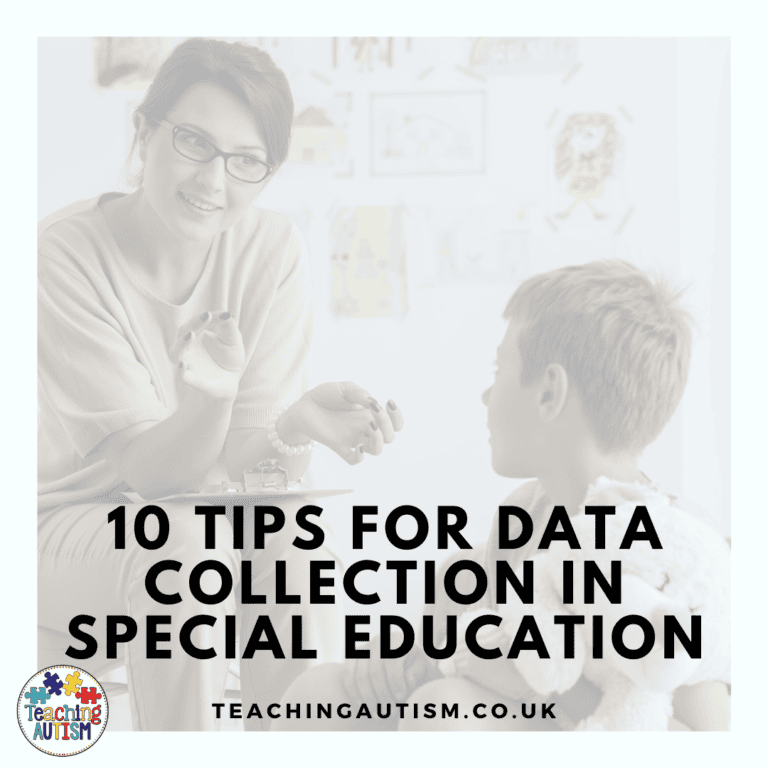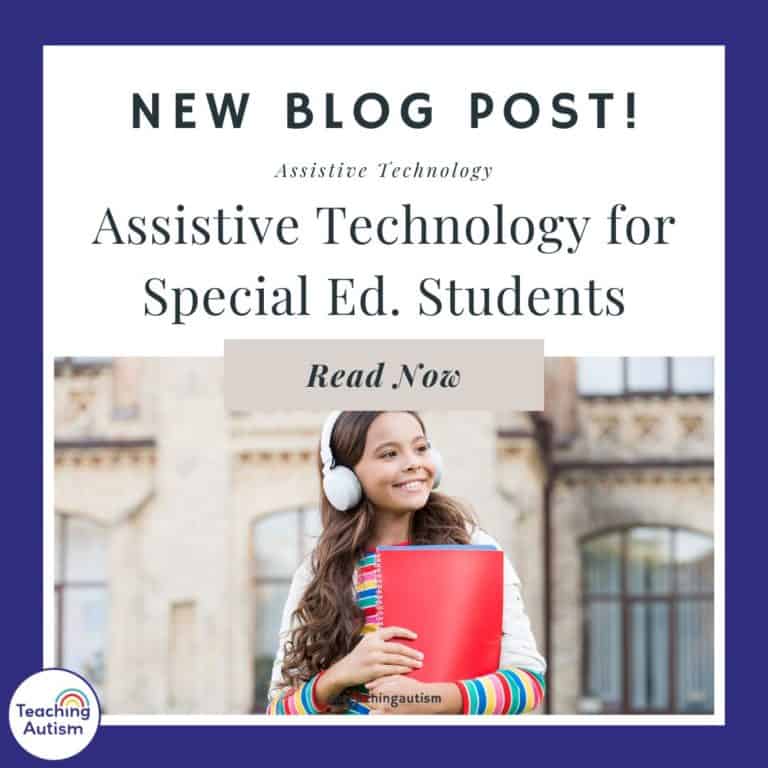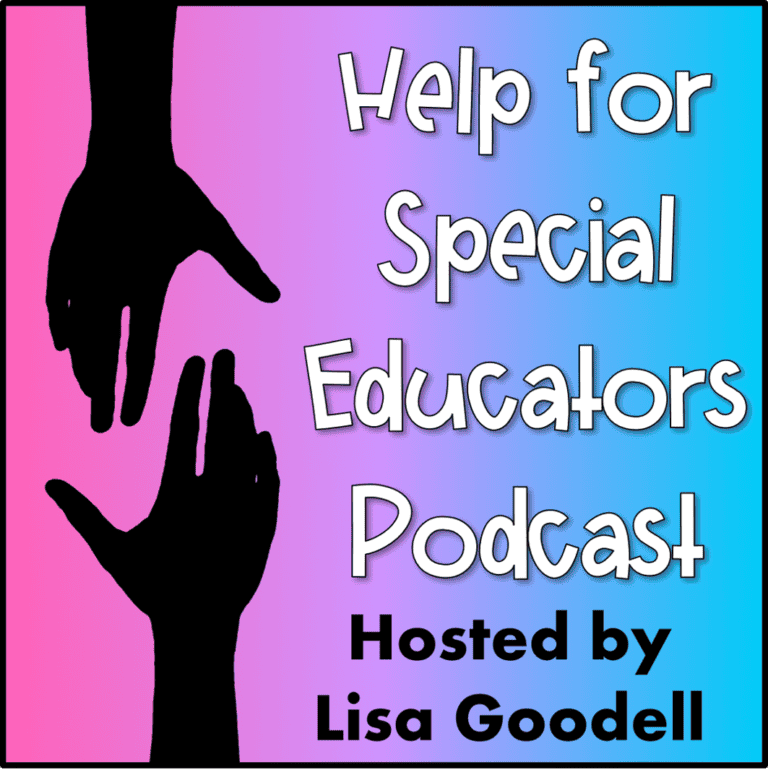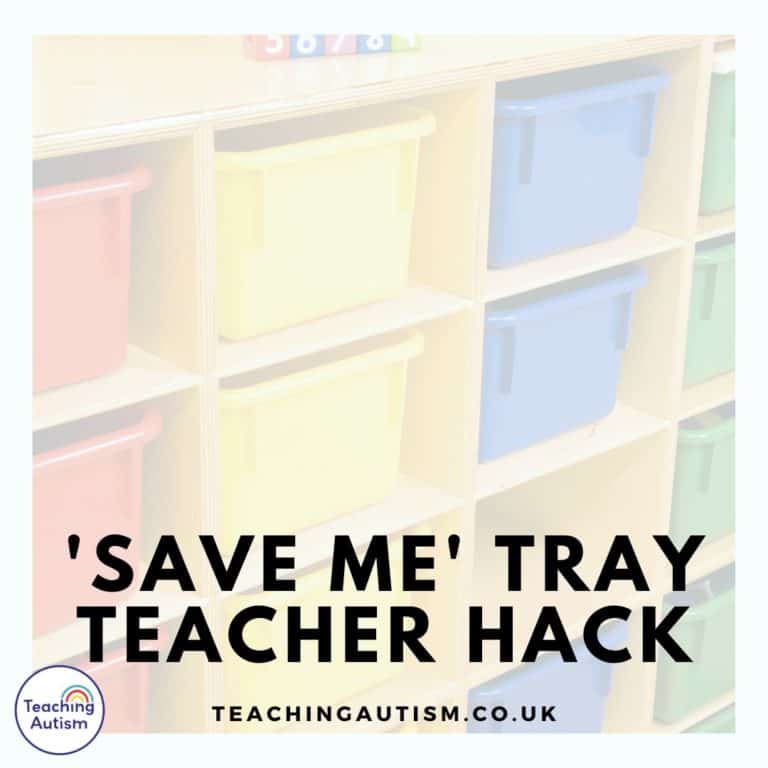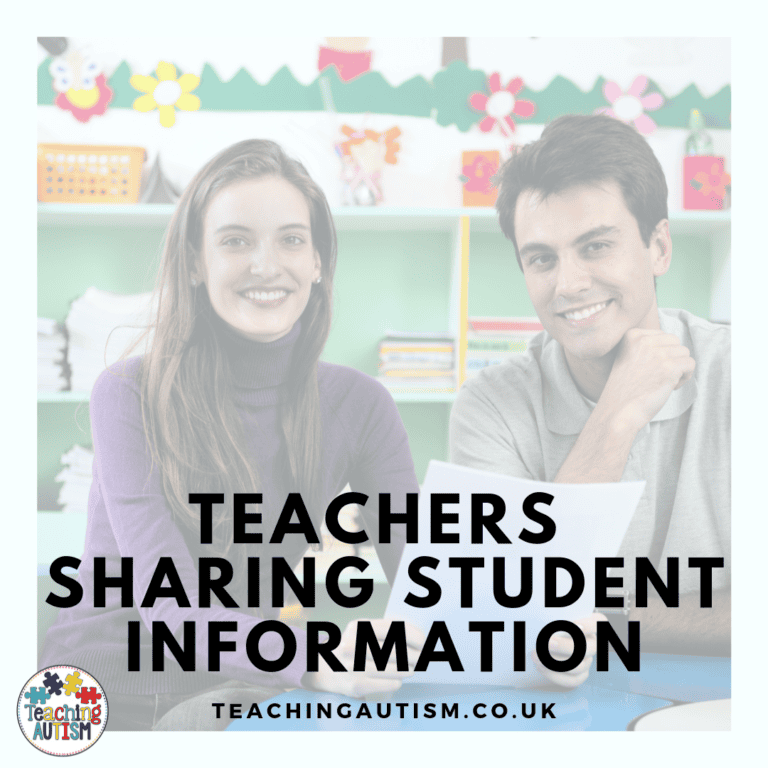How to Effectively Collaborate with General Education Teachers
Today I’m sharing my best tips on how to effectively collaborate with general education teachers. It is really crucial for us special educators to collaborate successful with general education teachers. This is crucial to ensure the success of our students.
When we are able to effectively collaborate and work with general education teachers, we are creative the best possible learning environment for our students. In this blog post, I will discuss the benefits of collaboration, tips for building relationships, and potential barriers that may arise.
The Benefits of Collaboration
There are many benefits of being able to effectively collaborate with general education teachers. Some of these include;
- Increased student achievement.
- Improved behavior of students.
- A more inclusive school environment.
- The opportunity for teachers to share their expertise, resources, and strategies.
- General education teachers will be able to gain a better understanding of their students needs.
- Special education teachers will be able to gain a better understanding of different instructional approaches and strategies.
I think one of the main benefits about this effective collaboration though is that it means we are able to provide an inclusive classroom environment.
When this happens, it means that many of our students are able to access the general education curriculum, where appropriate. And this can lead to improved educational outcomes for them.
This collaboration will also help to improve our students behavior and social skills. Because they’ll now have more opportunities to be included in social interactions and activities.
Tips for Building Relationships with Educators
While we want to be able to whizz straight to that effective collaboration.. We also need to put in some groundwork. And the biggest piece of groundwork is going to be building relationships with your general education teachers. This may sound really easy, but it can be difficult. Especially when everyone has so much work to do, different schedules, meetings and free time doesn’t always line up.
Here are some tips that I have put together for you to be able to build positive relationships with your fellow educators;
- Establish open lines of communication.
Communication is the main key to collaboration. We should try to establish open lines of communication with our general education colleagues. This can include regular meetings, emails, and phone calls where possible. This is where I love to use a digital planner. - Share expertise and resources.
We should try to share our expertise and resources with our general education colleagues. This can include strategies for working with our students, resources for adapting instruction, and tools for assessing student progress. - Attend general education staff meetings.
I have always tried to attend some general education staff meetings here and there. Not always, but when I’m able to. This helps me to stay informed about curriculum and instruction. This can also provide me with opportunities to share information about students and to collaborate on instructional strategies. I’ve even been asked for help with other students during these times as well. - Be positive and supportive.
I always try to encourage others to be positive and supportive of their general education colleagues. This can help to build trust and create a more collaborative school environment. It’s very easy to fall into an us vs them trap. And I think when we start to see everyone as equals and working together.. That mindset shifts and it makes us a whole lot more positive and supportive.
Potential Barriers
Despite the benefits of collaboration, as with anything in life, there are some potential barriers that may arise.
One of the biggest barriers is the lack of time and resources. Trust me – we all feel this.
General education teachers may feel overwhelmed and like they don’t have enough training to work with our students. But at the same time, we may also feel like we don’t have enough time to collaborate with our general education colleagues.
Another potential barrier is the lack of understanding about each other’s roles and responsibilities.
General education teachers may not understand the role of special education teachers and the support that they can provide. Whereas, it is also possible that we may also not understand the demands and pressures that general education teachers face. Because we have our own types of pressures/demands.
I think the main thing is to build those positive relationships and be able to support and respect each other. The more that you focus on this, the healthier that relationship and collaboration will be.
*Reminder*
Collaboration between special education and general education teachers is essential for providing the best possible learning environment for our students with disabilities. When we are able to have effective collaboration.. We can work together to improve instruction, support, and outcomes for our students.
When we work together, we can create a more inclusive school environment and provide all of our students with the opportunity to succeed.
I hope you found this blog post helpful and that it has given you some ideas for how to build relationships and collaborate with general education teachers. Please consider sharing this blog post with your friends and colleagues on social media.
Nikki
P.S. Have you signed up for a 3 day free trial of our VIP membership yet? If not, click here to do it now and go and get access to a huge range of resources, templates, crafts and more for free.


